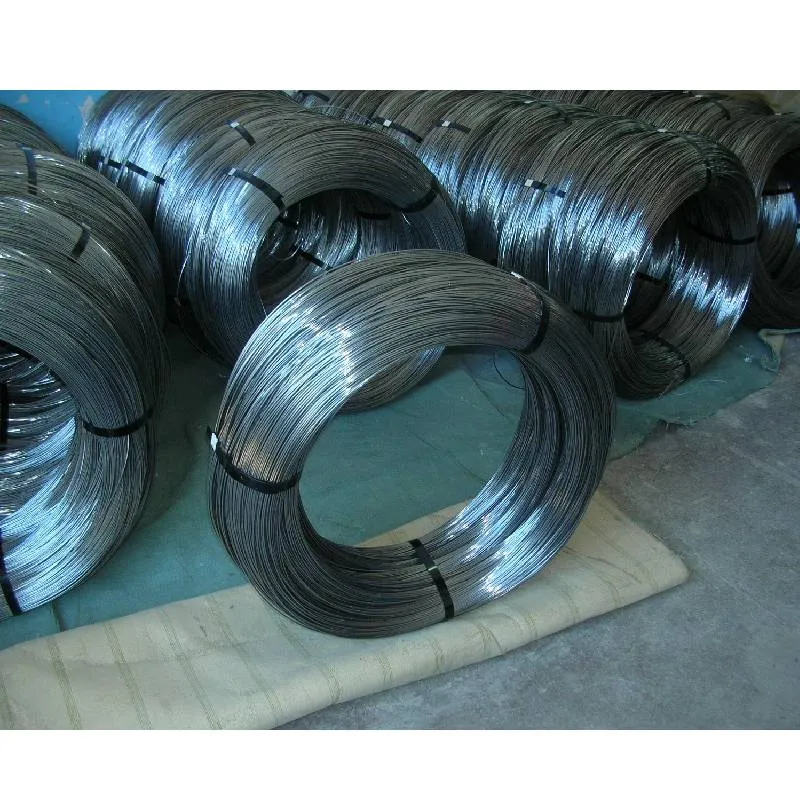
- Mobile Phone
- +8613931874955
- sales@cntcmetal.com
Understanding the Role of Brick Ties in Structural Stability and Building Safety
Understanding Brick Ties and Their Importance in Construction
In the realm of construction, particularly when it comes to masonry, certain components play crucial roles in ensuring stability, safety, and aesthetic appeal. One such component that often goes unnoticed is the brick tie. Understanding what brick ties do and their importance can greatly enhance both the structural integrity and longevity of brick and masonry structures.
Brick ties, also known as masonry ties or brick-to-wall ties, are metal connectors that securely anchor a brick wall to the underlying structure. These ties typically come in a variety of materials, including galvanized steel, stainless steel, or even plastic, each chosen based on the building's requirements and environmental conditions. The primary purpose of brick ties is to provide lateral support to brick masonry walls, ensuring they remain stable and connected to the structure they are meant to support.
Understanding Brick Ties and Their Importance in Construction
1. Stability and Strength One of the main functions of brick ties is to provide stability to walls that are built from brick or masonry. As materials age, they may become susceptible to shifting or settling. Brick ties anchor the wall to the framing or structure of the building, preventing it from collapsing or leaning. This is particularly important in areas that experience high winds or structural loads, where the integrity of the wall could be compromised.
what do brick ties do

2. Preventing Cracking and Movement As buildings settle over time due to weight, moisture, or changes in temperature, they could develop cracks. Brick ties help distribute these stresses evenly across the wall, minimizing the risk of cracks that can lead to significant structural issues. By maintaining a solid connection between the brick wall and the building frame, ties contribute to the overall durability of the construction.
3. Moisture Control Brick ties can also play a role in moisture management. Properly installed ties help create a gap that allows water to drain away from the brick wall. This drainage is crucial because trapped moisture can lead to mold, mildew, and other problems that can affect both the aesthetics and health of a home or building.
4. Versatility and Adaptability Brick ties are versatile and can be used in various types of construction, including residential and commercial buildings. They can also be adjusted during installation to meet unique architectural designs, ensuring that they provide the necessary support without compromising the aesthetic qualities of the brickwork.
5. Compliance with Building Codes In many regions, the use of brick ties is not just a best practice; it's a requirement outlined in local building codes. These codes are established to ensure safety standards are met, protecting both the construction workers and future occupants of the building. Adherence to these codes minimizes liability and enhances the overall quality of the construction.
In conclusion, while brick ties may not be the most glamorous aspect of brick construction, their role in ensuring stability, durability, and safety is undeniably vital. For homeowners, builders, and architects, understanding the importance of brick ties is essential for successful masonry projects. Investing time and resources into proper installation of these ties as part of a building's design can lead to long-lasting benefits, making it a critical consideration in any masonry construction endeavor. Proper education about this element can promote better building practices and ultimately result in safer, more durable structures.
share:
-
Your Source for Concrete Wall Ties and Masonry AccessoriesNewsJul.10,2025
-
Unlocking the Power of Iron Wire for Every ProjectNewsJul.10,2025
-
Explore Advanced Chain Wire and Stainless Steel Mesh FencingNewsJul.10,2025
-
Discover the Benefits of Annealed Wire ProductsNewsJul.10,2025
-
Discover China Stainless Steel Wire Mesh SolutionsNewsJul.10,2025
-
Build with Confidence Using High-Performance Masonry AccessoriesNewsJul.10,2025
-
Why Sacrificial Formwork Is Redefining Underground ConstructionNewsJun.06,2025



















